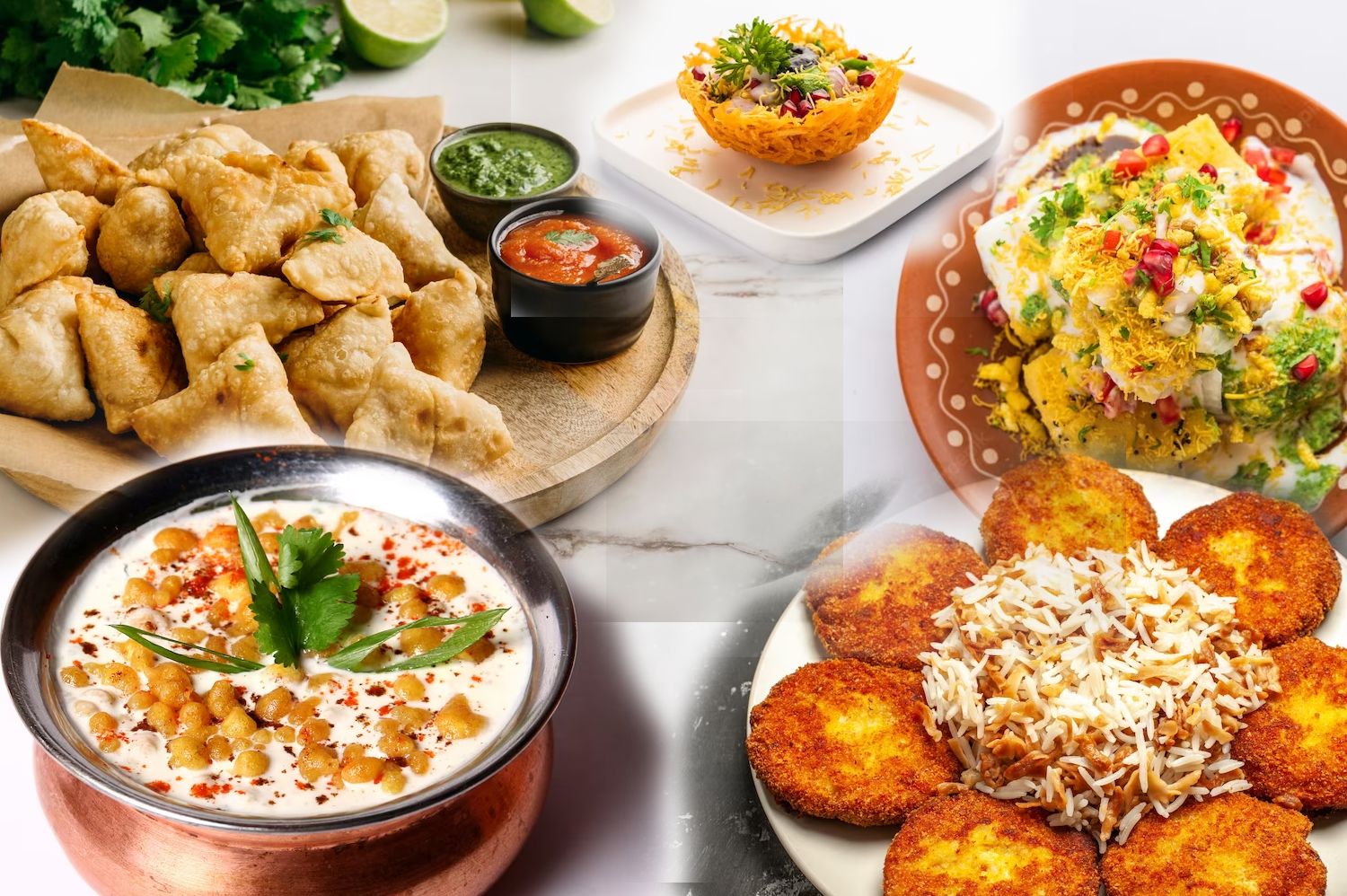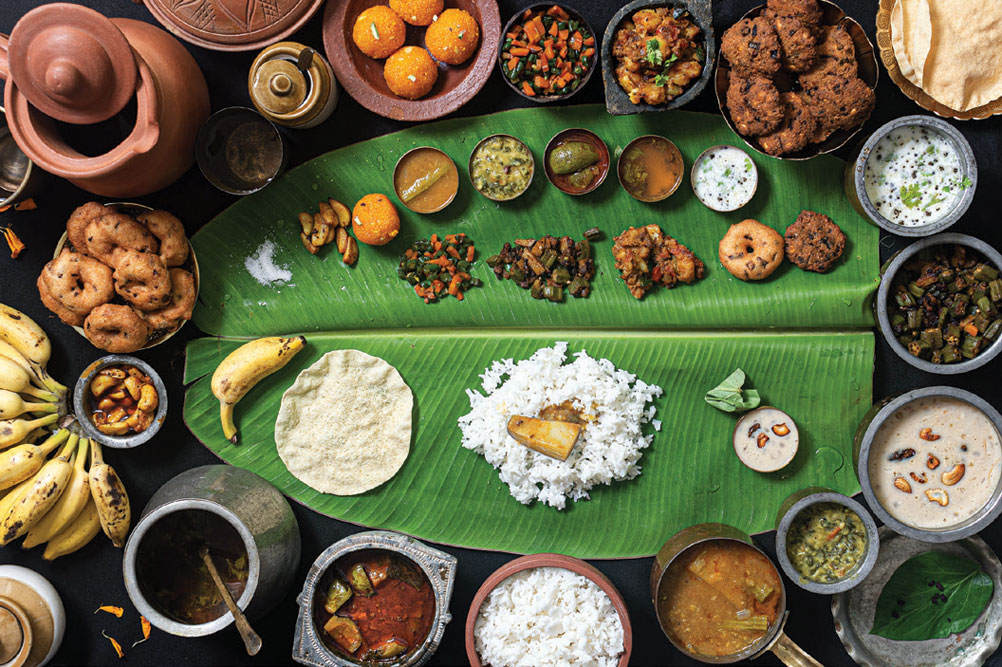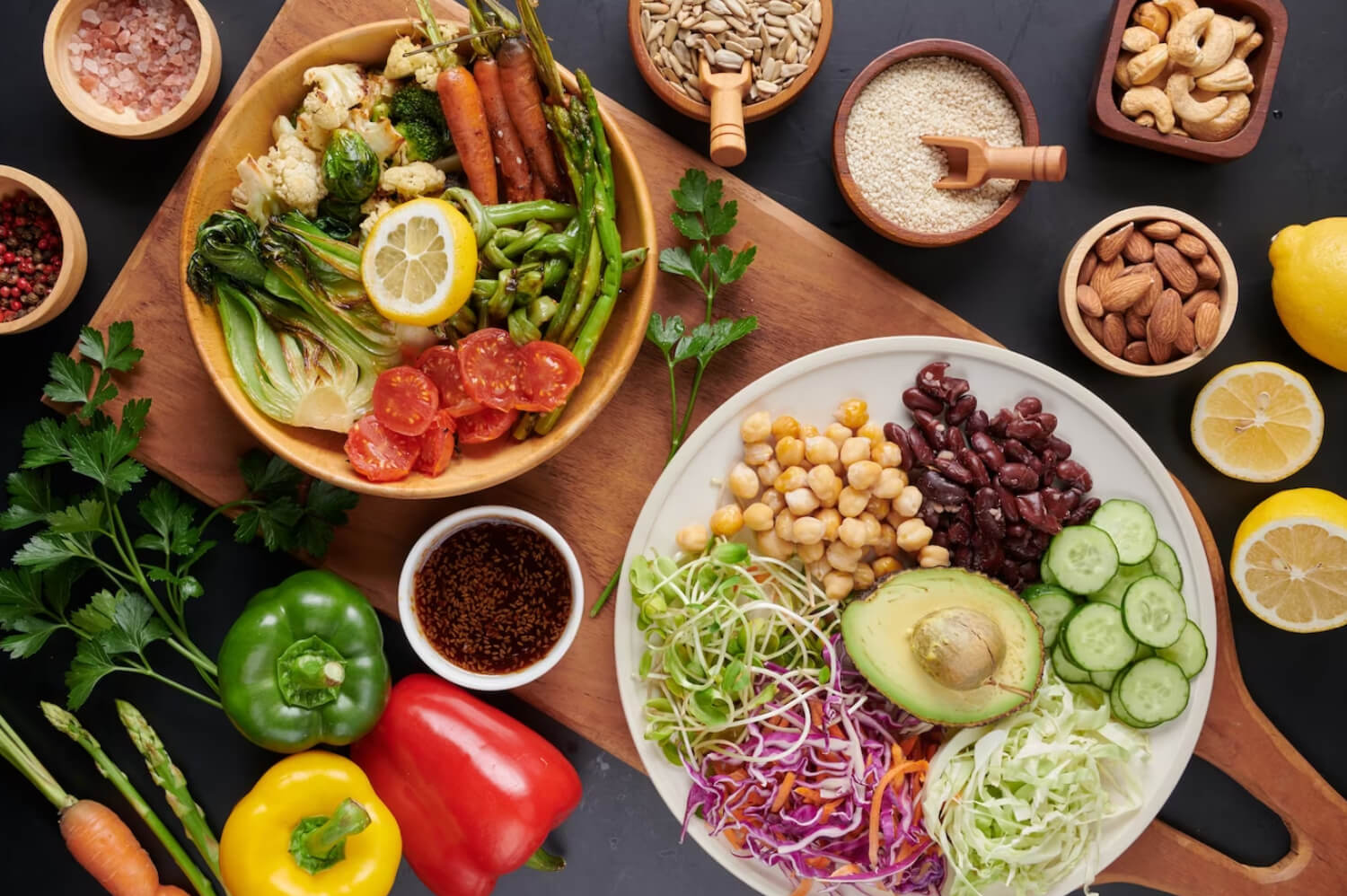1. Ghee (Clarified Butter): The Traditional Favorite
Ghee is perhaps the most iconic and traditional cooking fat in Indian cuisine. Used for centuries, ghee adds a rich, nutty flavour to curries, dals, biryanis, and even sweets. It’s especially popular in North Indian and Punjabi kitchens, where it’s used in everything from cooking to garnishing.
Why It’s Great:
- Ghee has a high smoke point (around 450°F), making it ideal for frying and sautéing.
- It’s rich in essential fatty acids and butyrate, which support digestion and gut health.
- Ghee is also a good source of Vitamin A, K2, and antioxidants.
Ghee’s distinct flavour makes it an essential part of traditional Indian cooking. However, it’s important to use it in moderation due to its high-calorie content.
2. Mustard Oil: A Spicy Kick for North and East Indian Dishes
Mustard oil is widely used in the cuisine of North and East India, particularly in Bengali, Punjabi, and Rajasthani dishes. It has a sharp, pungent taste that can elevate the flavour of any dish, particularly in recipes involving fish, pickles, and stir-fries.
Why It’s Great:
- Mustard oil contains omega-3 fatty acids, which promote heart health.
- It has a high smoke point of around 480°F, making it suitable for high-heat cooking.
- Rich in antioxidants, mustard oil also has anti-inflammatory properties.
If you’re making a traditional Bengali fish curry or preparing a spicy pickle, mustard oil is your go-to choice.
3. Coconut Oil: Perfect for South Indian and Coastal Recipes
Coconut oil is commonly used in South Indian, coastal, and Kerala cuisine. With its mild, slightly sweet flavour, it pairs perfectly with coconut-based gravies, idlis, dosas, and seafood dishes. Coconut oil is particularly popular in vegetarian cooking and curries.
Why It’s Great:
- Coconut oil contains medium-chain triglycerides (MCTs), which are easily absorbed by the body and converted into energy, making it a great option for weight management.
- It has a moderate smoke point (around 350°F), ideal for sautéing and low to medium-heat cooking.
- Coconut oil is known for its antimicrobial and anti-inflammatory properties.
If you’re preparing a traditional South Indian meal, such as a sambar or coconut chutney, coconut oil is the perfect complement to the dish.
4. Sesame Oil: For Rich, Nutty Flavor
Sesame oil is widely used in Indian cooking, especially in regions like Gujarat, Maharashtra, and Andhra Pradesh. It has a rich, nutty flavour that works wonderfully in stir-fries, snacks like ladoos, and even in marinades.
Why It’s Great:
- Sesame oil is rich in antioxidants, vitamins, and minerals that support healthy skin and heart health.
- It has a high smoke point of around 450°F, making it suitable for deep-frying and high-heat cooking.
- This oil contains both omega-6 and omega-9 fatty acids, which can reduce the risk of heart disease.
Sesame oil is great for dishes like Indian stir-fries (tarka), snacks, and even as a finishing oil drizzled over rice or parathas for extra flavour.
5. Sunflower Oil: A Neutral Option for Everyday Cooking
For those looking for a neutral-tasting oil that doesn’t interfere with the flavour of spices, sunflower oil is a good option. It’s one of the most commonly used oils in Indian homes for frying and sautéing.
Why It’s Great:
- Sunflower oil is high in polyunsaturated fats and low in saturated fats, making it heart-healthy.
- It has a high smoke point of about 440°F, making it ideal for deep frying and high-heat cooking.
- Rich in vitamin E, sunflower oil has antioxidant properties that help protect cells from damage.
Sunflower oil is versatile and can be used for everyday cooking, from making rotis to deep frying snacks like samosas and pakoras.
6. Olive Oil: The Heart-Healthy Choice
Though not traditionally used in Indian cuisine, olive oil has become increasingly popular for cooking due to its heart-healthy properties. Its light, mild flavour works well in Indian dishes like stir-fries, curries, and salads.
Why It’s Great:
- Olive oil is rich in monounsaturated fats, which are known to support cardiovascular health.
- It contains antioxidants like vitamin E and polyphenols, which fight inflammation and support overall wellness.
- With a moderate smoke point of 375°F, olive oil is great for medium-heat cooking or as a dressing for salads.
Olive oil can be used in fusion Indian dishes, especially in lighter preparations like grilled vegetables or Mediterranean-inspired Indian recipes.
Conclusion:
The best oil for cooking Indian food depends on the type of dish you are preparing and your personal preferences. While traditional oils like ghee, mustard oil, and coconut oil remain staples in Indian kitchens, options like sesame, sunflower, and olive oil offer additional health benefits. Each oil has its unique flavour and nutritional profile, making it important to choose the right one for your cooking needs. Whether you’re preparing a rich curry, a light stir-fry, or deep-frying snacks, understanding the best oils for Indian cooking will help you create flavorful, healthy meals for yourself and your family.










